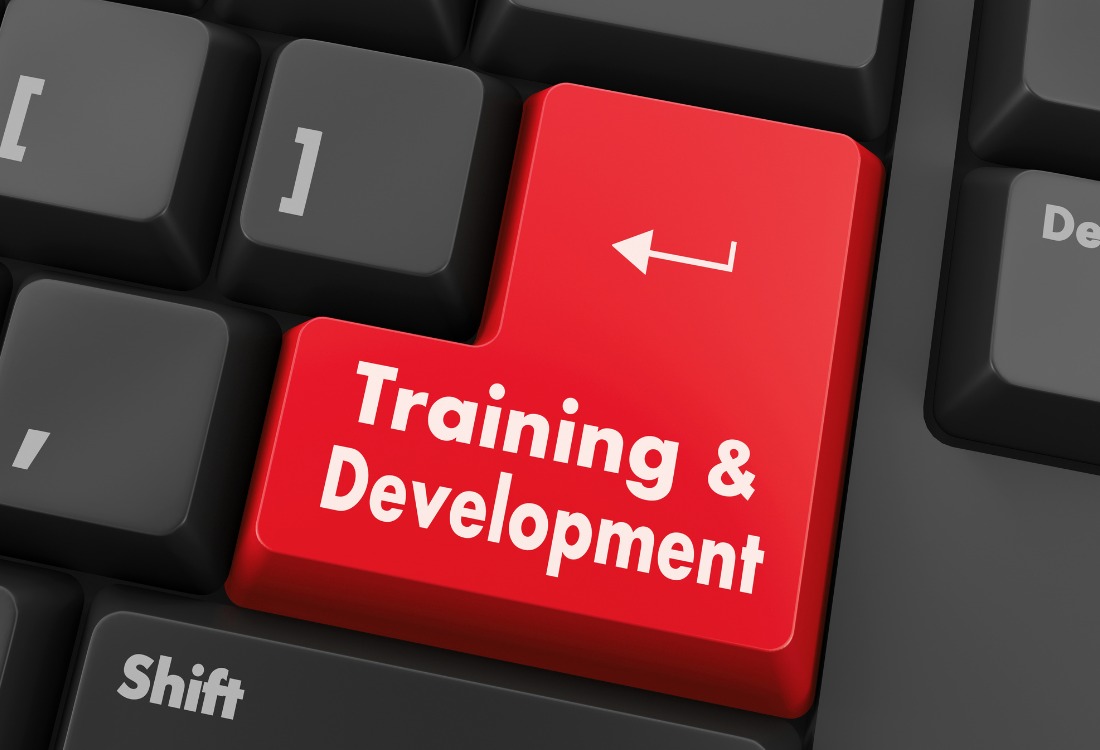
Why Your Internal Training & Development Programmes Still Need External Expertise
Internal training and development programmes are undeniably valuable, giving your teams crucial opportunities to shape employees in line with their day-to-day context, challenges, and organisational culture. Your internal trainers know your business far more intimately than any external partner could.
Nevertheless, relying wholly on your in-house resources can compound the blind spots that all people have when working within a specific business. If you’re not careful, your internal training could reinforce these biases and deficiencies rather than equipping your employees to recognise and overcome them. This is one of the main reasons that internal training and development programmes frequently fall into stagnation. Without external expertise and a nonbiased perspective, internal training programmes can become repetitive, inward-looking, and less effective over time. To truly thrive, internal training vs external training shouldn’t be an ‘either or’ choice. Ideally, they should each complement each other.
The Advantage Of A Fresh Perspective
An outside pair of eyes often gets to the root of an issue far more quickly than an internal stakeholder, introducing perspectives and insights that are easy to overlook when they are just in front of your nose. This is especially the case with specialists in training and leadership consulting who are specifically trained to identify the common obstacles and challenges faced by businesses. An external partner can introduce you to new strategies, development frameworks, and tools informed by their own experience and industry-wide quality benchmarks.
This injection of fresh thinking can challenge habitual assumptions and encourage your leaders to explore new and often better ways of working. The external provider doesn’t replace the role of your internal trainers and establish development practices, but helps to build on the strong foundations that your internal training has already developed.
Bridging Gaps In Your Internal Knowledge
Even a capable and varied internal team will encounter skill limitations and deficiencies in certain areas. This is one of the biggest reasons for engaging an external partner in any area of business. It simply isn’t possible for most businesses to have high-level expertise in every discipline, even within large companies. Engaging with an external training partner enhances your leadership development and training by filling skills shortages and gaps – without having to directly upskill or recruit inhouse. These gaps may involve the use of new technologies or leadership methodologies, for instance, communication skills or another area. An experienced consultant can also help you carry out a tailored needs analysis and suggest the appropriate solutions to help you bridge any gaps that were identified.
Creating Dynamic Training Programmes
One of the major pitfalls of relying purely on internal training is so called ‘programme fatigue’. Over time, familiar faces, repeated messages and the same old methods can disengage your audience so that your training loses impact. At the risk of being blunt, your training programmes could become outdated and boring, and the inevitable presence of internal blind spots could be a barrier to you addressing this effectively.
External facilitators can inject a renewed sense of energy and purpose that revitalises the learning experience for your employees and increases motivation for your internal trainers. This can build greater credibility into your training, update it to address the current needs facing your employees, challenge comfort zones and stimulate deeper participation. By balancing the strengths of internal familiarity and context with an external perspective, you can restore excitement to your programmes and build momentum in your training initiatives.
Next Steps
Get in touch with Grahame Robb Associates today to find out how to drive greater results from your internal training and development programmes.
Image source: Canva



